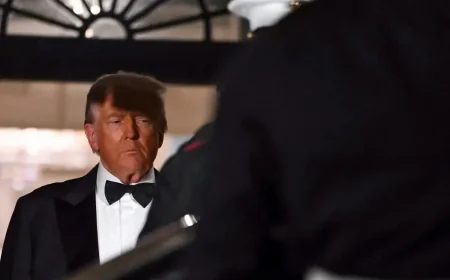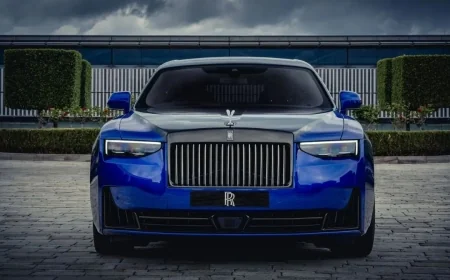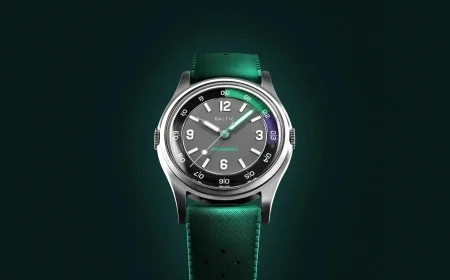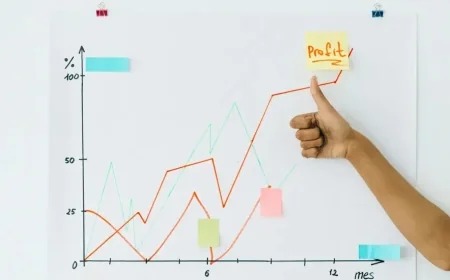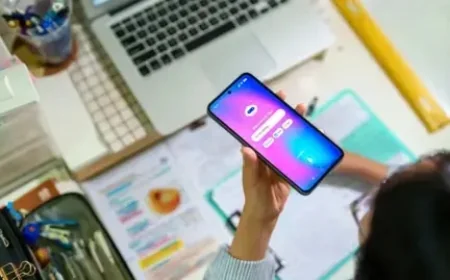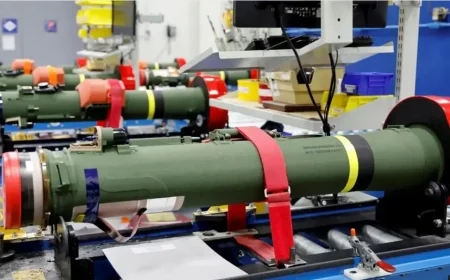Missed last night's northern lights You're in luck tonight could be even better
If you missed Tuesday night's spectacular aurora display, don't worry — you're getting a second chance tonight, and it might be even more impressive.
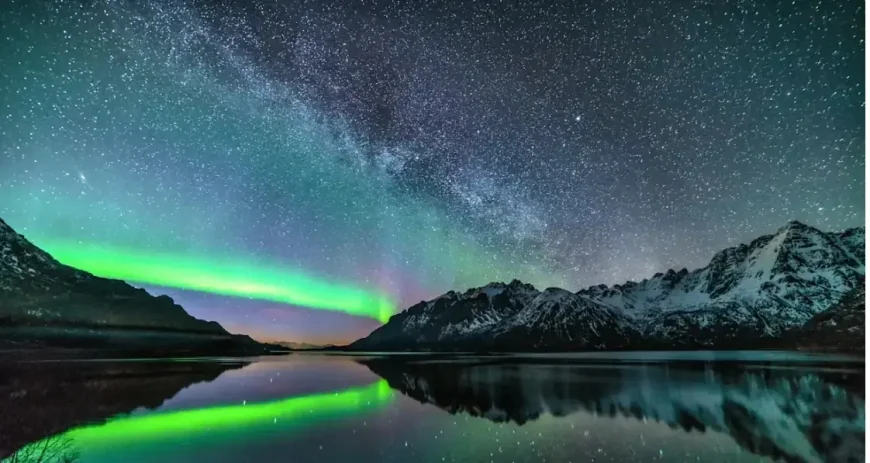
Tuesday night delivered a stunning show that exceeded expectations. The northern lights weren't just visible in their usual northern haunts — they put on a dazzling performance as far south as Florida, with spectacular displays lighting up even ultra-lit city skies like in Chicago and Minneapolis. Social media exploded with photos of shimmering green, pink, and purple curtains dancing across the horizon, leaving aurora chasers absolutely thrilled.
But here's the exciting part: Wednesday night (November 12th) could top Tuesday's show.
Why Wednesday night might be even better
Three coronal mass ejections (CMEs) — massive bursts of solar material from the sun — have been racing toward Earth this week. The first two arrived right on schedule, creating Tuesday's spectacular display. But the third and most powerful CME, triggered by an absolutely colossal X5.1 solar flare (the biggest solar flare of 2025), is still making its way to us.
The National Oceanic and Atmospheric Administration (NOAA) has issued a G4 geomagnetic storm watch for Wednesday, with some forecasters even whispering about potential G5 conditions — the highest level on the scale. If that happens, the auroras could be visible even farther south than Tuesday night's already impressive reach.
Some aurora forecast maps suggest cameras could capture the lights as far south as Mexico, with the naked eye potentially seeing auroras as far down as Atlanta. States in the prime viewing zone include Alaska, North Dakota, Minnesota, Montana, Wisconsin, Michigan, Maine, South Dakota, Idaho, Vermont, Washington, New Hampshire, Wyoming, New York, Iowa, Massachusetts, Pennsylvania, Nebraska, Ohio, Illinois, and Indiana — but depending on storm intensity, the viewing zone could extend much farther south.
How to catch Wednesday night's show
Your best bet is to head out after 10 p.m. to a north-facing location far from city lights. Let your eyes adjust to the darkness for at least 30 minutes, and use your phone camera to scan the sky — cameras are better at picking up faint auroras than the human eye.
If you have an aurora app, watch the Bz value closely. When it goes negative for at least 40 minutes, a substorm is approaching and the show is about to begin.
With uncertainty about exact timing and storm intensity, tonight could deliver an unforgettable celestial spectacle. Check your local cloud forecast, bundle up, and look north — this might be your best chance all year to witness the aurora borealis!
What's Your Reaction?
 Like
0
Like
0
 Dislike
0
Dislike
0
 Love
0
Love
0
 Funny
0
Funny
0
 Angry
0
Angry
0
 Sad
0
Sad
0
 Wow
0
Wow
0



